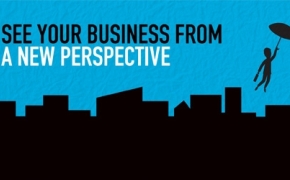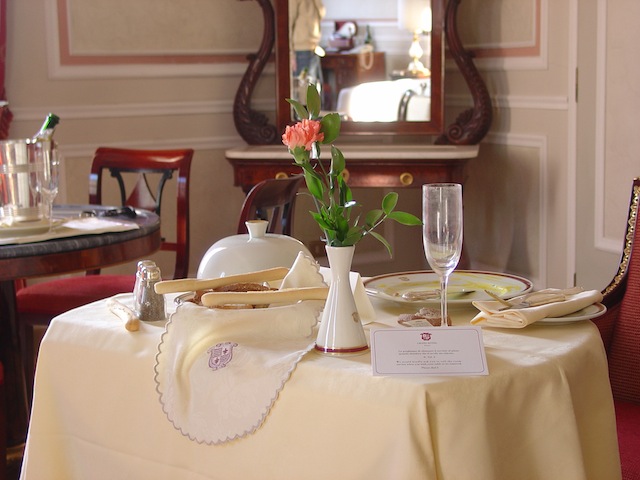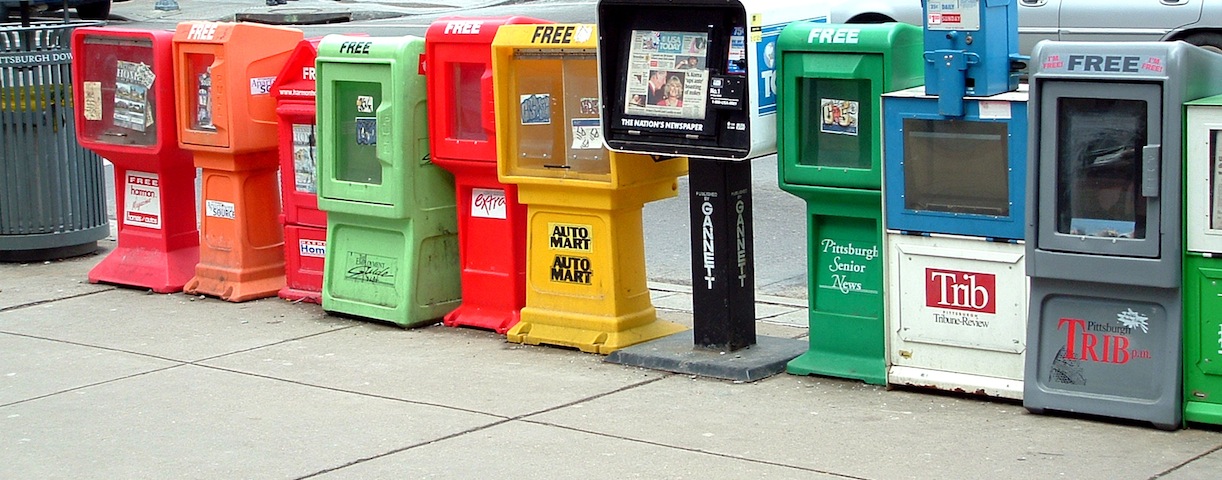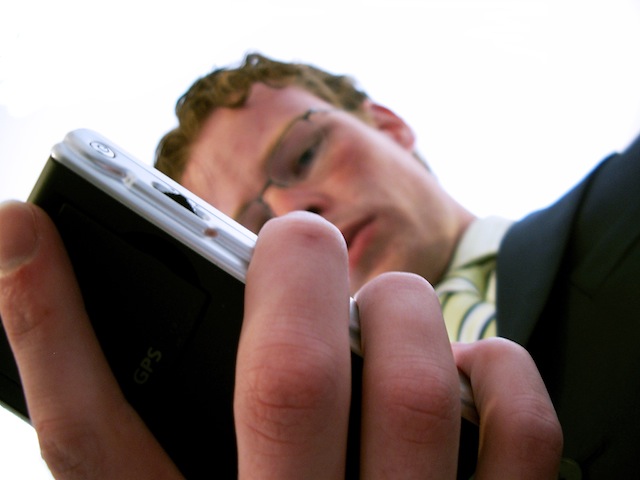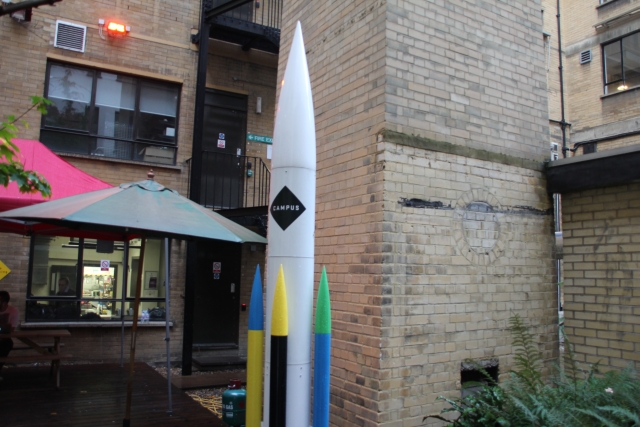“My job is to spread good news,” says Guy Kawasaki of his role as Canva’s Chief Evangelist.
Kawasaki was speaking to Decoding the New Economy about his role in popularising the online design tool which he sees as democratising force in the same way that Apple was to computers and Google to search.
Democratisation is a theme consistently raised by startups and businesses disrupting existing industries and Kawasaki continues this theme.
“The world is becoming a meritocracy; it’s not about your pedigree, it’s about your competence,” states Kawasaki.
Falling barriers to entry
What excites Kawasaki about the present business climate are the falling barriers to starting a venture. “Things are getting cheaper and cheaper, in technology you had to buy a room full of servers, have IT staff in multiple cities. Today you call Amazon or Rackspace and host it in the sky.”
“Before you had to buy advertising for a concert, now if you’re adept at using social media – with Google Plus, Facebook,Twitter, Pinterest and Instagram – you have a marketing platform that fast, ubiquitous and cheap.”
“What excites me is there are going to be more technologies, more products and more services because the barriers are so low.”
Creating a valued and viable product
For those businesses starting into this new environment, Kawasaki believes the most important thing a startup should focus on is getting a prototype to market; “at that point you will know you’re truly onto something.”
“If you build a prototype that works you may never have to write a business plan,” says Kawasaki. “You’d never have to make a Powerpoint, you may never have to raise money as you could probably bootstrap.”
Kawasaki view is the MVP – Minimum Viable Product – model of lean product development should have another two ‘V’s added for ‘Valuable’ and “Validated’.
“You can create a product that’s viable, ie you could make money, but is it valuable in that it changes the world?”
“Is your first product going to validate your vision? If it’s not then why are doing it?”
The story Kawasaki tells is the tools to deliver valued and viable products are more accessible than ever before; that’s good news for entrepreneurs and consumers but bad for stodgy incumbents.
